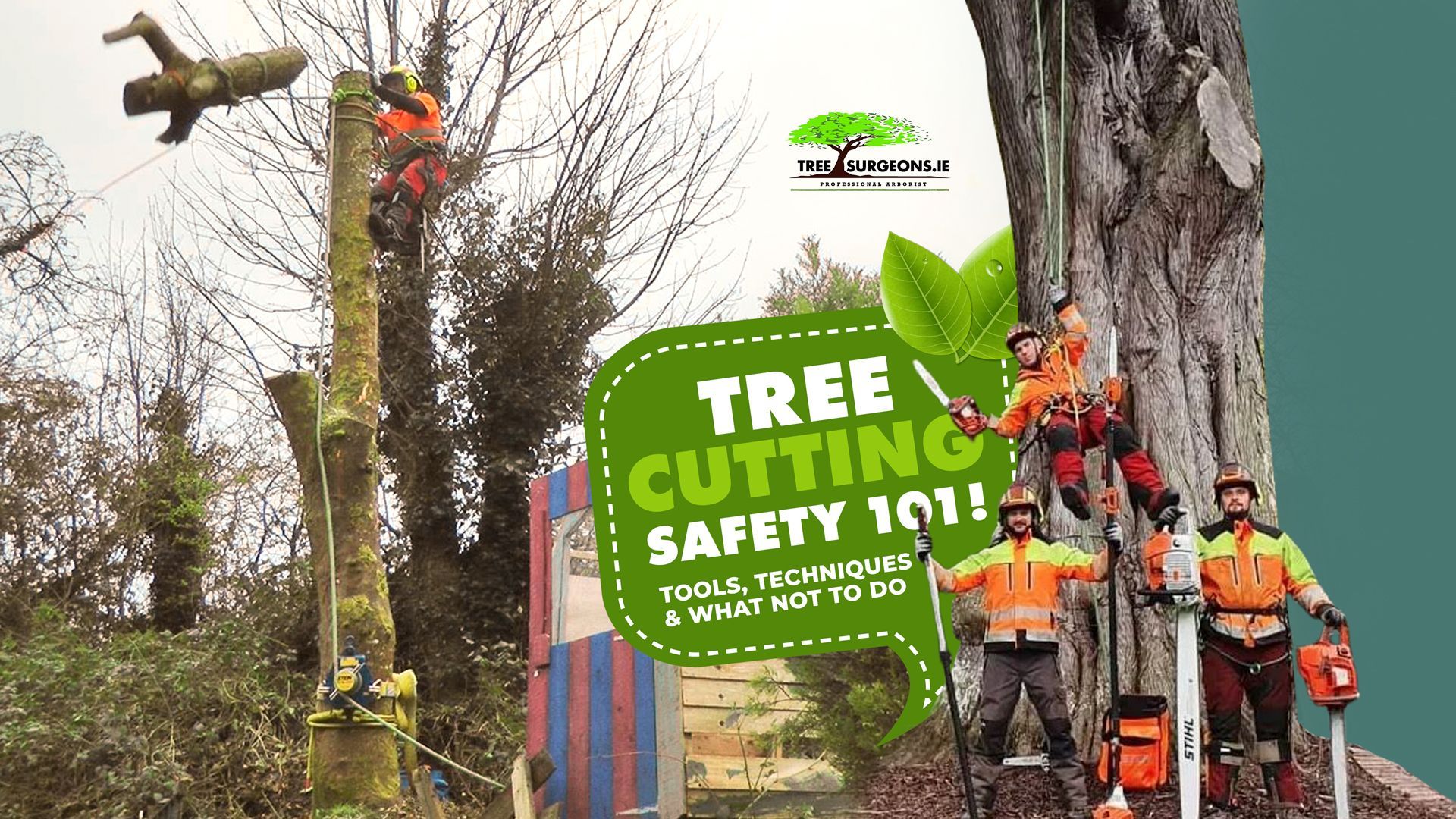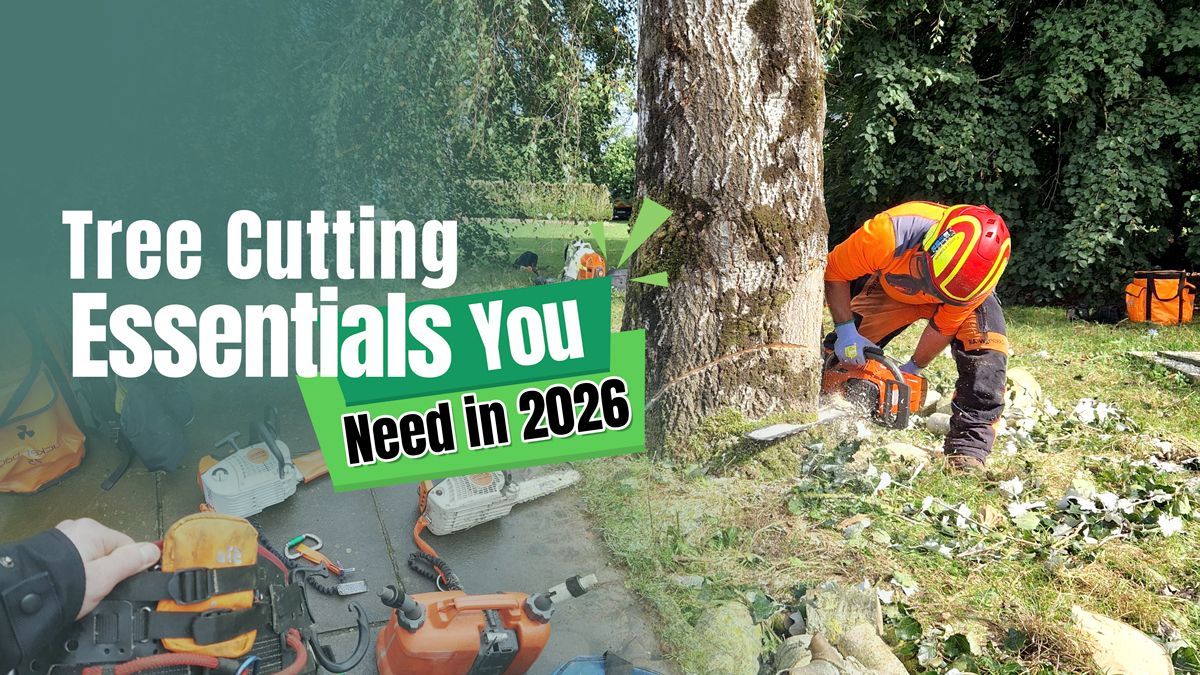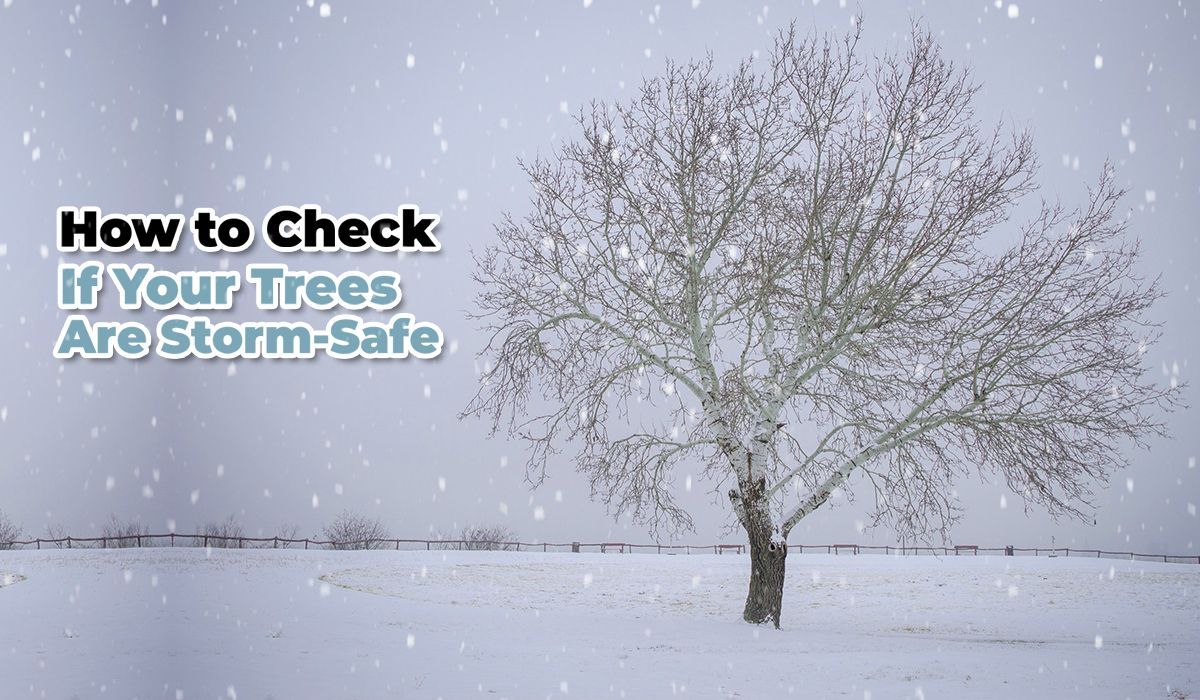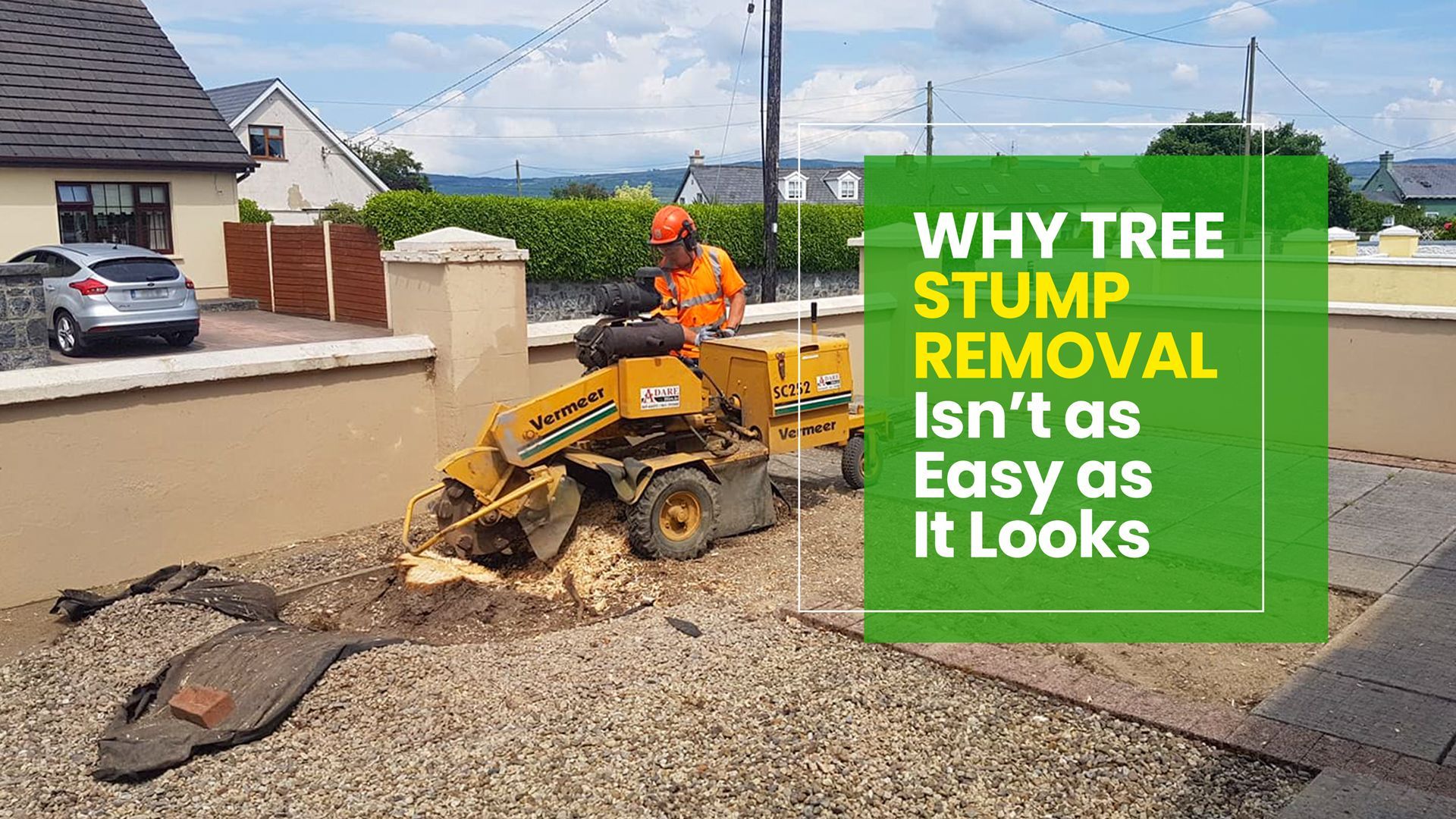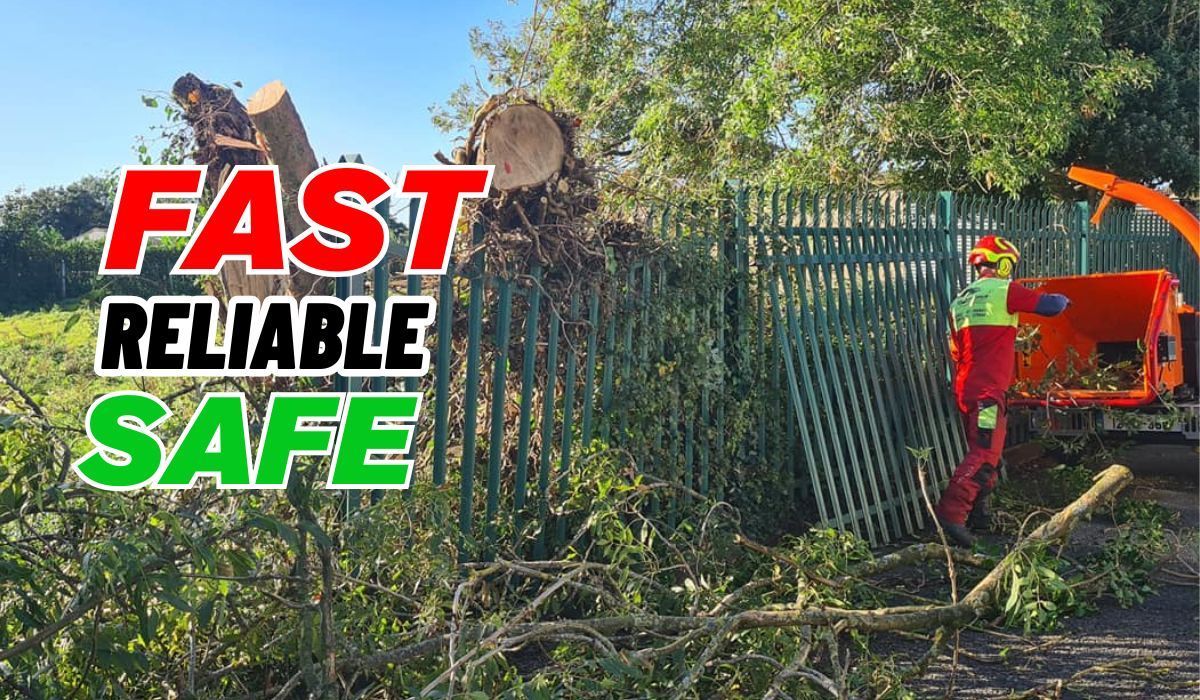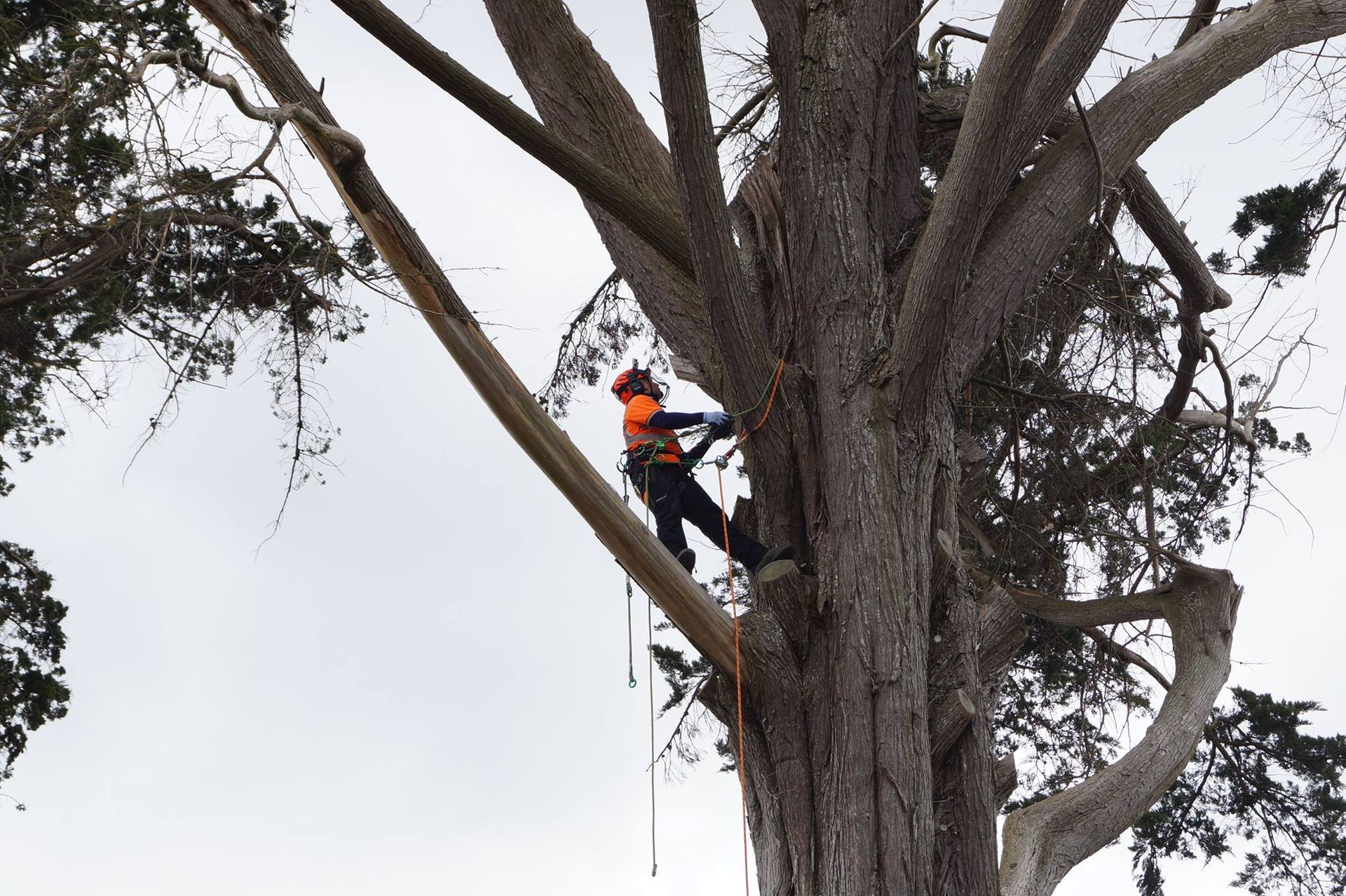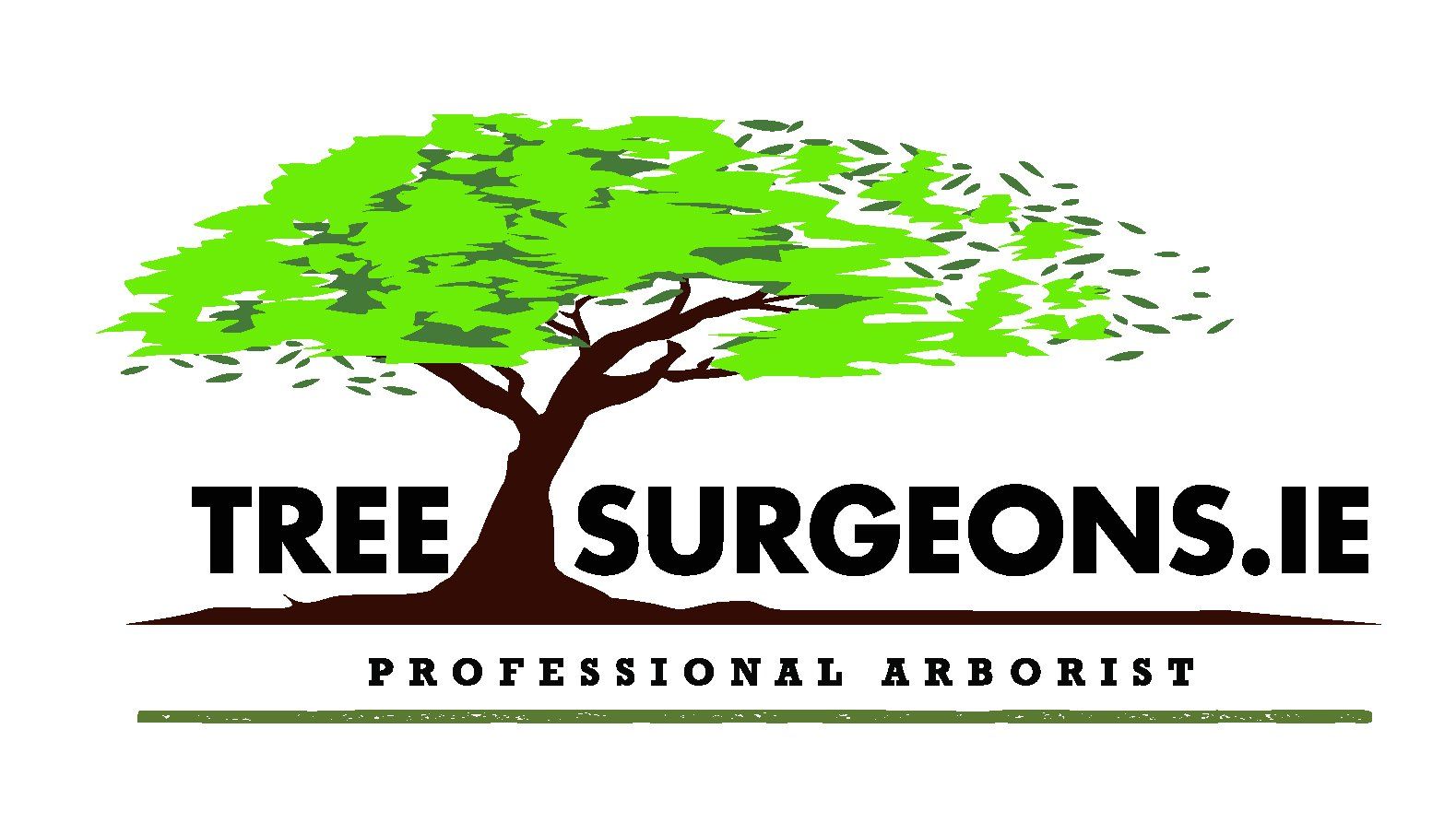Exploring The Risks Associated With Tree Topping
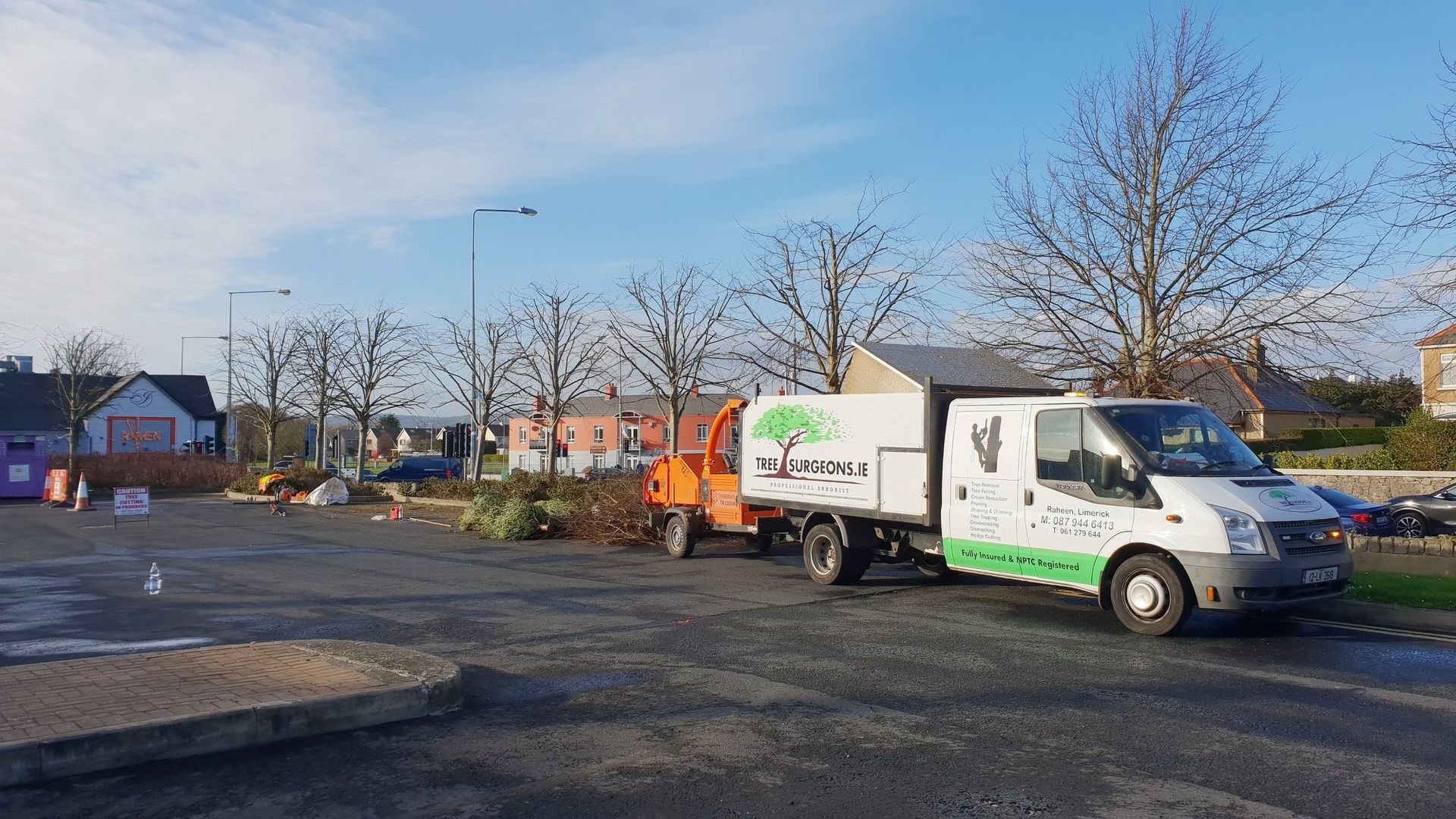
Tree topping might sound like a way to give your trees a quick trim, but it’s actually one of the most harmful practices that has a dangerous impact on the health of the trees. This practice of tree topping in Limerick is often done to control height or reduce shade by simply cutting off the large branches back to stubs. As a result, the trees often end up in a stressed, vulnerable, and unsightly condition.
While it may seem like a simple fix, the long-term damage can be severe. In this blog, we’ll explore what tree topping really is, along with the possible risks associated with this practice. So, if you care about your trees, it’s time to rethink topping and choose smarter ways to manage the growth of the plants.
What Do You Understand by Tree Topping?
Also known as rounding over or hat-racking, this practice of tree topping is identified as an extreme measure of removing large branches from the top of the tree without ruining the lateral branches, stumps or trunk of the tree.
Usually this measure is deployed when the taller trees planted in your garden have been severely damaged due to storm or other natural disaster. This kind of extreme measure is only suggested by professional arborists when the energy producing capacities of the trees have been significantly reduced.
This action triggers the re-growth of unattractive of vertical branches. Besides, this measure which might not appear to be quite harmful has significant impact over the health of the trees, leading to its possible death.
Understanding the Possible Risks Associated with Tree Topping
Well, topping of the tree not only compromises the aesthetic appeal of the property but also poses a significant threat to the surrounding environment. Here are some of the possible risks that are associated with this practice:
1. Nutrient starvation
As we all know that trees rely on their leaves for photosynthesis. However, under this measure, when a large section of the tree’s canopy gets removed, the tree struggles to produce a sufficient amount of food. This ends up in a situation of nutrient starvation.
The lack of essential nutrients not only weakens the tree but also makes it more susceptible to the infestation of diseases and pests. Besides weakening the structural integrity of the trees, the loss of canopy inflicts stress on the trees, resulting in its reduced growth and vitality.
2. Physiological imbalance of the trees
Well, the massive reduction of leaves severely impacts the tree’s transpiration process as they slowly start to lose the ability to cool itself. This creates unwanted stress especially during the summer season.
This kind of physiological imbalance could lead to slow declination of the health of the trees eventually resulting in premature death. Thus, for the survival of the trees it is important to maintain a healthy canopy of the trees.
3. Sunscald
Did you know that adding any alterations to the canopy of the tree may expose the shaded areas of the trees to the harsh rays of sunlight? This condition is known as “sunscald” and is quite harmful for those trees that have a thin bark.
This causes the tree bark to heat up during the day and cool down rapidly at night, resulting in severe cracks and lesions that significantly damage the tree’s vascular system. The consequences of this effect can be quite long-lasting as it slowly becomes an entry point for diseases and pests.
With time, this long-endured effect of sunscald could weaken the structural integrity of the trees, making them more susceptible to decay and structural failure.
4. Vulnerability to pests and diseases
As discussed, this measure often ends up creating large open wounds on the trees. These wounds take time to heal and can become a significant entry point for insects and pathogens. Although trees can compartmentalize their wounds but the severity of the cuts could overwhelm the entire defense mechanism.
This is why topped trees tend to suffer more from infestations and severe infections which could spread on the rest of the trees, compromising on the health of the trees. This kind of infected trees becomes a favorable breeding ground of insects.
5. Weak branches
To make up the loss of the canopy, topped trees often produce a flush of new shoots, known as watersprouts. These sprouts tend to grow rapidly but remain weakly attached to the main branches.
However, as the new branches starts to grow they tend to become increasingly hazardous, posing as a major risk to the surrounding people and property. These kinds of weak attachment points can easily fail under the weight of the new growth of branches and create potentially dangerous situations.
The weak branches of the trees tend to compromise their structural integrity, increasing the likelihood of limb failure.
6. Long-term maintenance issues
Yes, tree topping indeed comes off as a great solution but it should be implemented once for the entire lifetime of the trees. This solution generates effective results but creates a long cycle of maintenance issues.
For instance, the rapid growth of weakly attached tree branches requires frequent pruning to effectively manage the tree’s required shape. This kind of maintenance can become a significant burden for the property owners, both in terms of finances and time commitment.
On top of that, if this practice is repeated at regular intervals then it would surely weaken the entire structure of the tree. Thus, to sustain the health and growth of the trees, it is important to select appropriate preventive measures.
Conclusion
In short, the practice of tree topping is indeed harmful in nature and must be avoided at all costs. Thus, make sure that you are aware of the negative impacts of this practice and accordingly adopt a sensible tree management practice to ensure that the trees remain in a healthy, safe and beautiful state.
At Tree Surgeons & Pro Gardening, our specialists who have 10 years of experience serving in this industry can swiftly solve the complicated tasks without inflicting any damage to your property. We offer a variety of services, including tree felling in Limerick, to elevate the aesthetic appeal and promote healthy growth of the trees.
